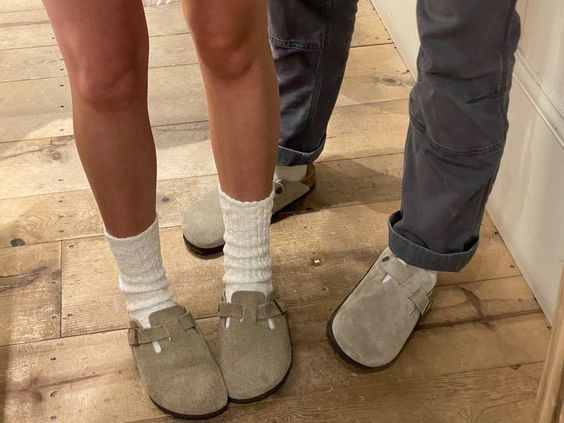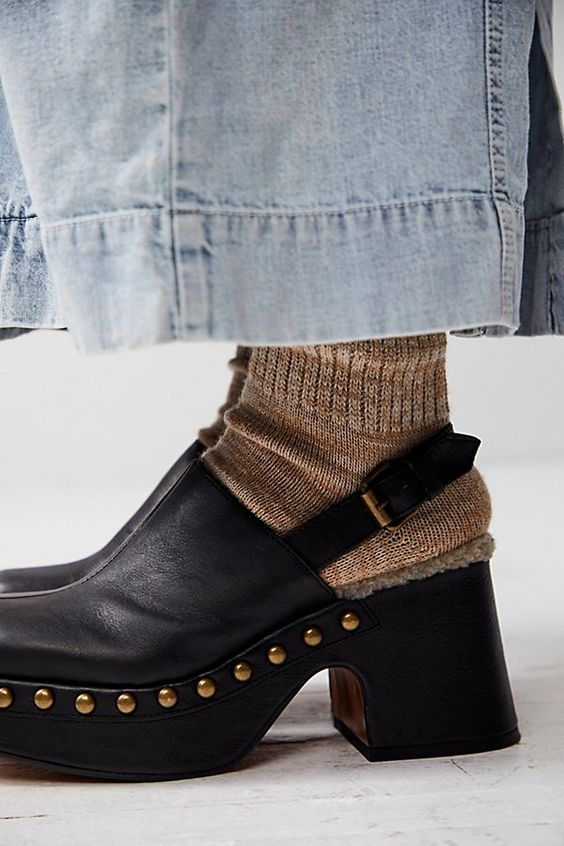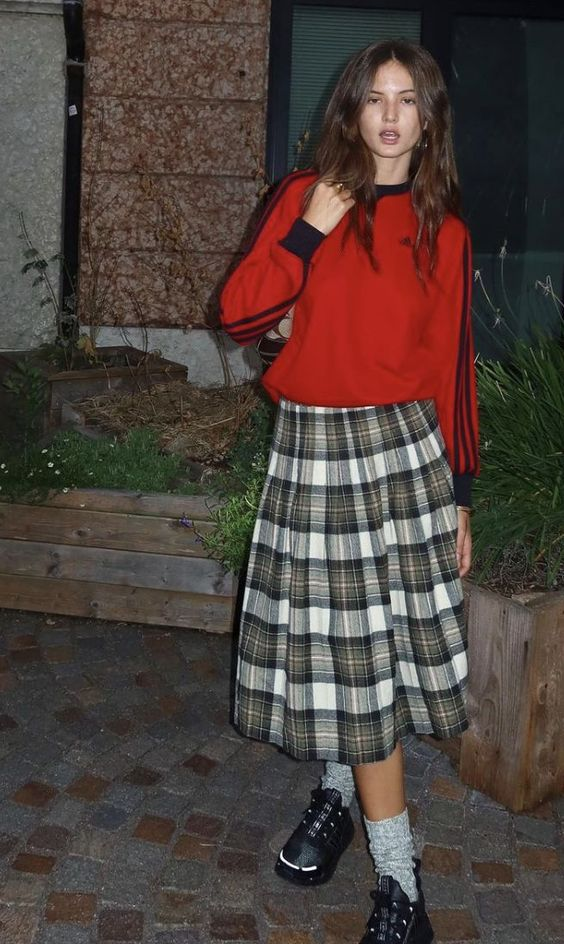Modernisation of Traditional Wear
Garments of great cultural significance are often redesigned and adapted to modern styles. When embraced by a broader audience, do their cultural values shift, or do they remain unaltered?
Drinks and shoes, Pinterest
Fashion serves as a beacon; it reflects specific political and cultural moments in history. Traditional clothing holds great significance as garments tell stories while honouring cultures. The Japanese kimono tells tales of important Japanese ceremonies and celebrates specialised Japanese craftsmanship. The poncho, with deep roots in Latin America, speaks of heritage and its use in traditional ceremonies in the harsh mountain climate. Take a moment to think about examples from your own culture. As a Scandinavian myself, many garments from celebrations, especially those tied to nature’s rite of passage, come to mind. Traditional garments are more than just cherished and remembered; they are continuously reinvented and modernised. Befitting our modern society, some garments are completely rethought while maintaining original aspects, while others remain largely unaltered. With this modernisation, traditional garments are being re-embraced by a broader audience, not exclusively those from the originating culture. This raises questions regarding cultural appropriation. When a garment is reimagined, is the line between cultural appropriation and cultural appreciation similarly redefined? One thing remains certain: fashion is cyclical, and no matter how much we doubt it, garments always come back around.
Exactly how resilient this fashion cycle is never ceases to amaze me. Items that fashionistas once swore would never see the light of day again (I’m talking about you, scrunchies and skinny jeans) always seem to make a comeback. I dare say that slightly controversial fashion items seem to be some of the most resilient things on this planet (this should be researched). What’s especially wonderful about the resurgence of traditional wear is the demonstration of the strong resilience of culture. These garments carry deep meanings that refuse to be forgotten; instead, they are honoured and remembered through innovation. We continue to embrace them, just as we did in the past, and I find that heartwarmingly wholesome. But we reenvision these garments, making them stylistically appropriate for our modern-day society.
When it comes to shoes, we truly take the expression ‘walking in someone else’s shoes’ to heart—especially if those shoes belong to our ancestors. Moccasins, espadrilles, even cowboy boots are shining examples of footwear we continue to love and wear. And, of course, we can’t forget the iconic clogs. Originally crafted from wood, clogs have rich cultural significance across various countries, particularly in Europe. The ‘klompen’ from The Netherlands, are deeply embedded in Dutch culture and closely linked to traditional farming communities, fitting for the Dutch climate. Nowadays, as we wander through shopping streets, we encounter a myriad of clog variations. The Boston Birkenstock, (subjectively speaking) a true gem and a modernised wonder-hit, is a clog adapted to today’s society and truly embraced worldwide.
Boston Birkenstocks, Pinterest
Far from being everyone’s taste, the clog has undergone an edgier reinvention. Chunky, studded, platform clogs are making waves as we transition from the warmer months to autumn. The heel is an optional bonus.
Autumn Studded Platform Clogs, Free People
Another shoe that is equally hated or beloved like the clog, is the tabi shoe. Personally, I’m completely enchanted by it (❤️❤️❤️❤️). The tabi shoe is an example of an item which has undergone significant transformation through modernisation. Characterised by its split-toe design, mostly seen in ballerina or boot forms, the shoes are inspired by traditional Japanese attire, specifically the split-toe sock known as tabi. Maison Margiela is renowned for reimagining and popularising this shoe, bringing it into the world of high fashion. Originally, the split-toe design served practical purposes, such as aiding in farming and construction, and was also worn with kimonos during martial arts to enhance precise movements. Today, the tabi shoe is truly polarising. But its admirers have a deep, unwavering affection for it. With its rich cultural heritage and stylish appeal, the tabi shoe has inspired numerous academic studies, including one of my favourite theses: [Link to Paper]. Effortlessly chic in various variations, it is safe to say that this shoe is one that won’t be forgotten.
Tabi shoes, Pinterest
Stepping away from footwear (pun intended) and onto a drastically different category: skirts. Or rather, kilts. Kilts are the chicest fashion statement for the bravest of them all. As an unwavering symbol of Scottish heritage, the kilt embodies Scotland's cultural identity. This knee-length garment, originally made from woollen fabrics, features pleats at the back and is distinguished by its tartan pattern of crisscrossed horizontal and vertical bands. Each unique pattern and colour traditionally represented different Scottish clans, regions, or families. When seen in modern fashionable outfits, the skirt similarly varies in colours and styles, drawing inspiration from the original garment; however, the iconic tartan pattern remains unchanged. Recently, kilts have been at the centre of attention in some truly remarkable and stylish outfits. With its eye-catching pattern, this skirt allows for some out-of-the-box pairings with bold colours, patterns, and textures. Is this a traditional garment you might consider adding to your wardrobe?
Outfit, Pinterest
If not, there's plenty to inspire you, as these are mere examples from an ocean of modernised traditional attire. What are some of your favourite reimagined traditional garments? More interestingly, do these garments originate from your own culture? When we reimagine and reinvent a design, the original idea inevitably changes. But how does this apply to garments so intricately linked to culture and history? When we modernise traditional attire, do we simultaneously redefine its cultural significance? Does the line between cultural appropriation and cultural appreciation also shift? These are tough questions that leave us pondering. Personally, I like to believe that the purpose of reimagined cultural garments is not only to remember the culture but to share it. Through innovation, we get the chance to share our knowledge and our stories. But maybe I am simply more inclined to think this way as I'm aware of my own wardrobe, filled with cowboy boots, clogs, and everything in between. Ultimately, I believe fashion and culture have two crucial aspects in common: they are meant to be appreciated and they are meant to be shared.





